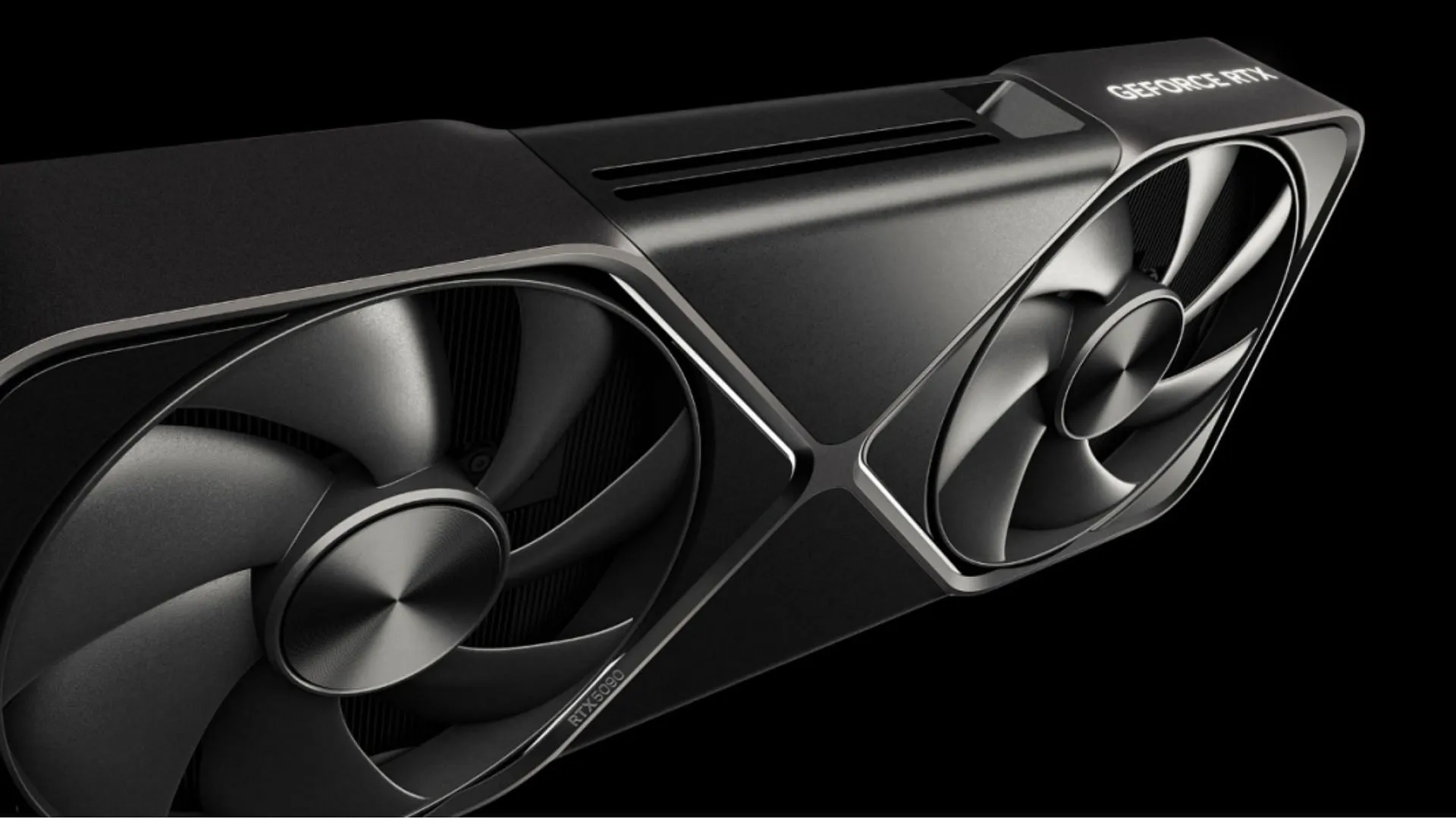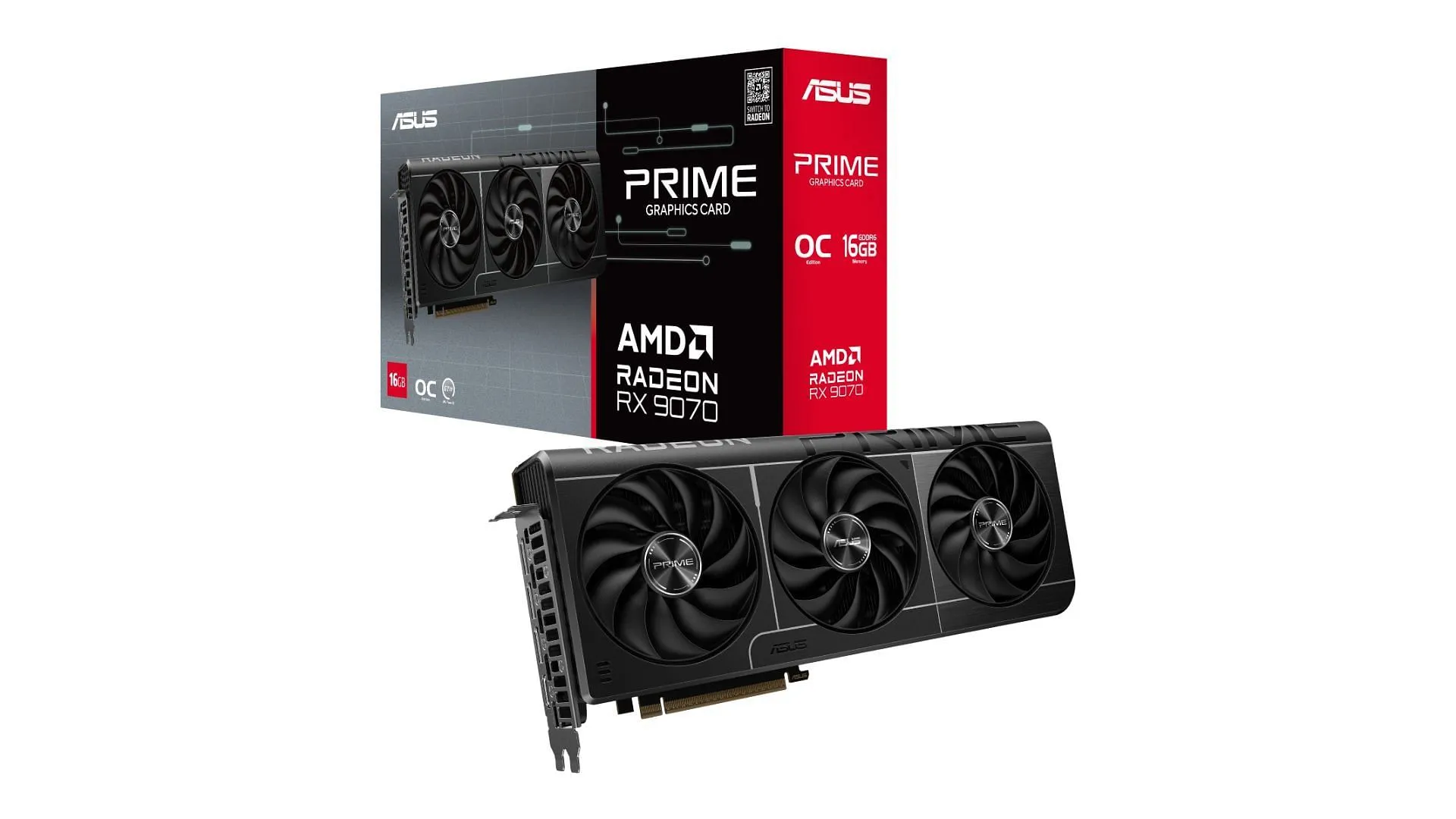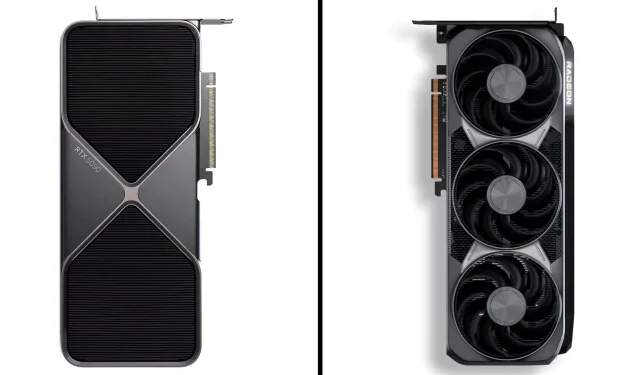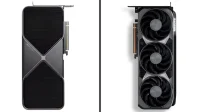In the current landscape of high-performance GPUs, the Nvidia RTX 5090 and AMD Radeon RX 9070 XT emerge as the top contenders from their respective manufacturers, showcasing distinct strategies. Unlike past generations where AMD aimed to seize supremacy in raw performance, this time, the focus for Team Red is more on delivering superior price-to-performance ratios, particularly for mid-range gamers. In contrast, the RTX 5090 is striving for cutting-edge performance but at a significantly higher price point.
This article will delve deeply into the specifications and performance metrics of both graphics cards. We will analyze their respective merits, providing insights into their market positioning and ultimately determine which GPU represents the best investment for gamers.
Market Positioning: RTX 5090 vs RX 9070 XT

The Nvidia RTX 5090 is engineered for extreme gaming, pushing the boundaries of consumer-grade graphics technology. Conversely, the RX 9070 XT is optimized for an impressive gaming experience at 1440p and even 4K, but without the expectations of surpassing the RTX 5090’s capabilities. Each GPU incorporates differing architectures, leading to varied generational improvements and targeted functionalities.
Technical Specification Overview
Due to the substantial differences in architecture—Nvidia’s Blackwell and AMD’s RDNA 4—direct comparisons on paper can be misleading. The RTX 5090 showcases impressive hardware advancements, boasting 21,760 CUDA cores, which marks a remarkable 25% increase over its predecessor. Additionally, it features an expansive 32 GB of GDDR7 VRAM with a staggering 1.8 TB/s bandwidth, although it requires a hefty power draw of 575W, setting a record among consumer GPUs.
On the other hand, the RX 9070 XT maintains a more conservative approach with the Navi 48 chip housing 4,096 Stream Processors and 16 GB of GDDR6 VRAM, which supports bandwidth of 644 GB/s. However, with a TDP of 304W, it demonstrates the less efficient power management characteristic of AMD’s RDNA architecture.
Specifications Comparison
| Specification | NVIDIA GeForce RTX 5090 | AMD Radeon RX 9070 XT |
|---|---|---|
| Architecture | Blackwell (GB202) | RDNA 4 |
| Process Node | 5 nm | 4 nm |
| Transistor Count | 92 billion | 53.9 billion |
| CUDA Cores / Stream Processors | 21,760 CUDA Cores | 4,096 Stream Processors |
| Base Clock Speed | 2.01 GHz | 1.66 GHz |
| Boost Clock Speed | 2.41 GHz | 2.97 GHz |
| Memory Capacity | 32 GB GDDR7 | 16 GB GDDR6 |
| Memory Bus Width | 512-bit | 256-bit |
| Memory Bandwidth | 1.8 TB/s | 644 GB/s |
| Ray Tracing Cores | 170 (4th Generation) | 64 Ray Accelerators |
| Tensor Cores | 680 (5th Generation) | 128 |
| Total Graphics Power (TGP) | 575 W | 304 W |
| Recommended PSU | 1000 W | 750 W |
| Display Outputs | 1x HDMI 2.1b, 3x DisplayPort 2.1b | DisplayPort 2.1a, HDMI 2.1b |
| PCIe Interface | PCIe 5.0 x16 | PCIe 5.0 x16 |
| Launch Price | $1,999 | $599 |
| Release Date | January 30, 2025 | March 6, 2025 |
Pricing plays a critical role in the current GPU market. The RX 9070 XT launches at a compelling $599, a fraction of the 5090’s price. However, real-world availability of the RX 9070 XT often places it above $1,000, complicating price perceptions between these two GPUs.
Performance Dynamics: Gaming Benchmarks

When it comes to actual gaming performance, the RTX 5090 clearly outperforms the RX 9070 XT, underscoring the substantial differences in their design priorities. The divergence in their pricing reflects how they cater to distinct demographics of gamers.
Below, we present a detailed frame rate comparison across several popular titles, using metrics from the Testing Games YouTube channel:
| Nvidia RTX 5090 | AMD Radeon RX 9070 XT | |
|---|---|---|
| The Last of Us Part II | 125 FPS | 66 FPS |
| Forza Horizon 5 | 188 FPS | 130 FPS |
| God of War: Ragnarok | 177 FPS | 87 FPS |
| Cyberpunk 2077 | 117 FPS | 71 FPS |
| Cyberpunk 2077 RT | 97 FPS | 48 FPS |
| Ghost of Tsushima | 116 FPS | 71 FPS |
| Red Dead Redemption 2 | 160 FPS | 98 FPS |
| S.T.A.L.K.E.R. 2 | 82 FPS | 43 FPS |
| Silent Hill 2 | 81 FPS | 38 FPS |
| Black Myth: Wukong | 62 FPS | 31 FPS |
| Horizon Forbidden West | 125 FPS | 78 FPS |
| Kingdom Come Deliverance 2 | 93 FPS | 40 FPS |
On average, the RTX 5090 provides 44.59% superior performance over the RX 9070 XT at 4K resolutions, justified by its significant price difference. The RTX 5090 further benefits from Nvidia’s DLSS 4 technology, which enhances frame rates beyond what the RX 9070 XT can achieve, especially in demanding scenarios.
Moreover, the 32 GB VRAM of the RTX 5090 is well-suited for advanced AI applications and modeling, an area where the RX 9070 XT, with its 16 GB of VRAM and lack of CUDA support, falls short.
Conclusion: Which GPU Offers Better Value?
In summary, for casual gamers who prioritize a balance between performance and budget, the RX 9070 XT presents an attractive choice for 1440p and 4K gaming. In contrast, serious gamers and professionals engaged in AI workloads will gain greater advantages from the advanced capabilities and power of the RTX 5090.
For further details and visuals, check out the original source.


